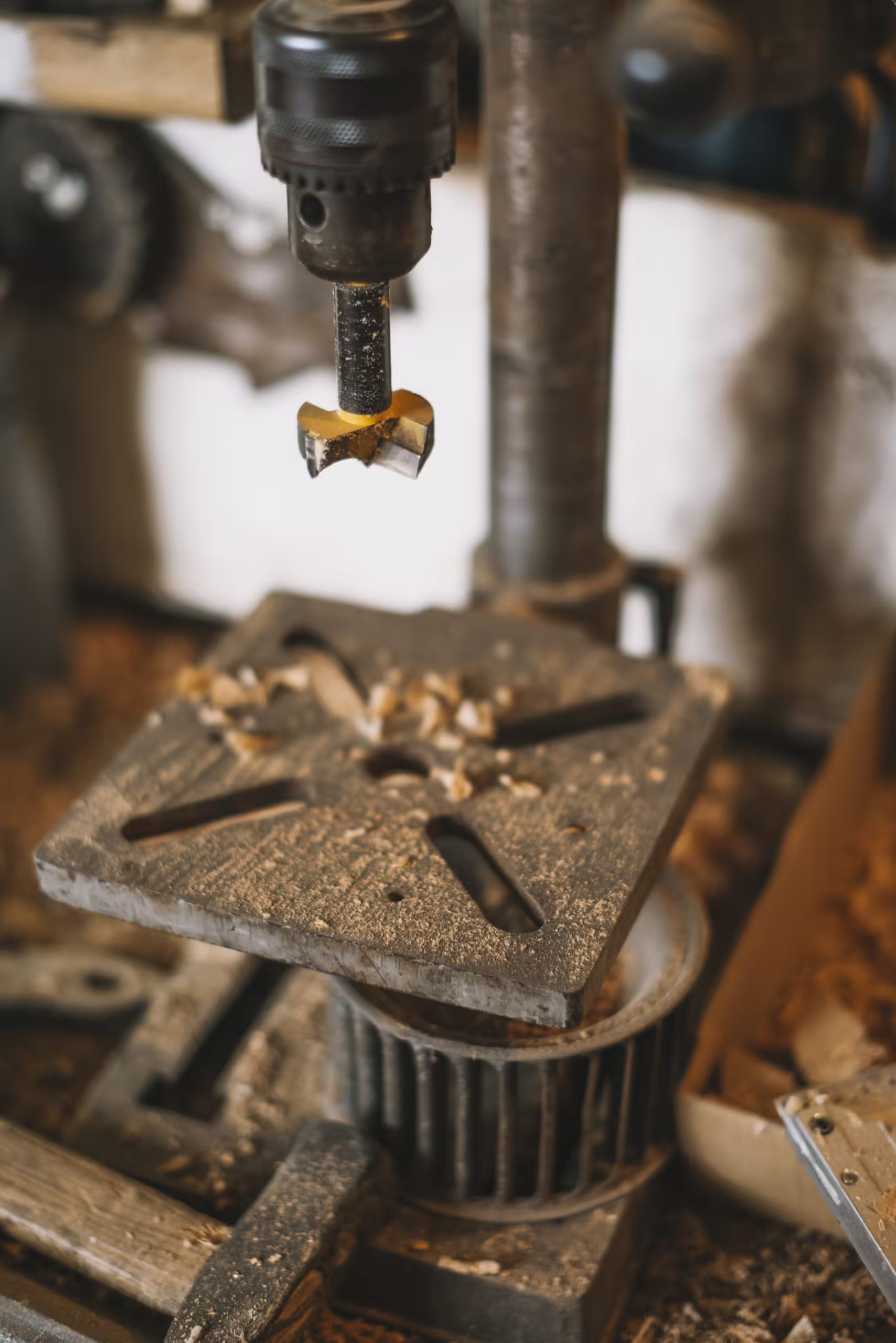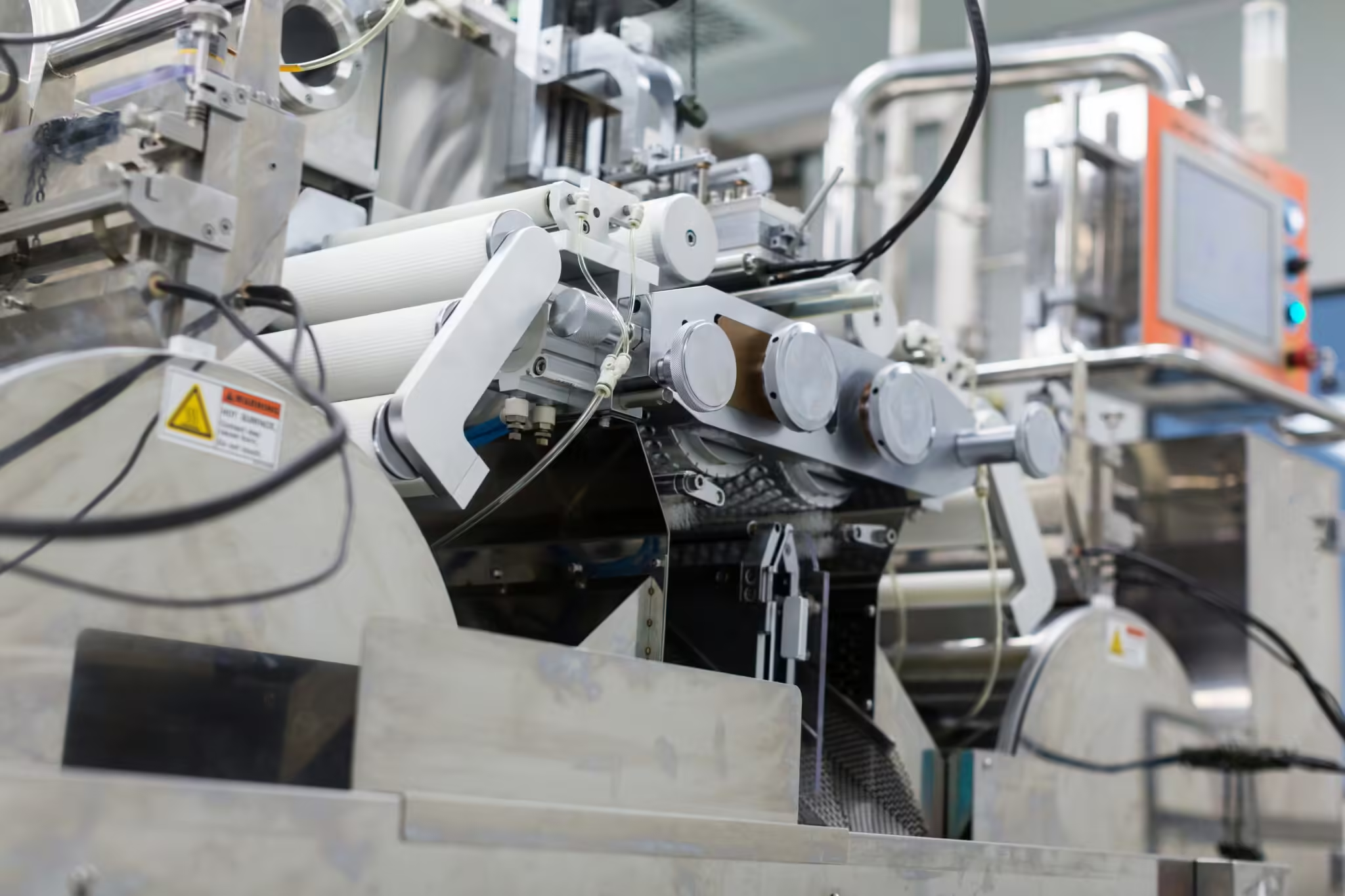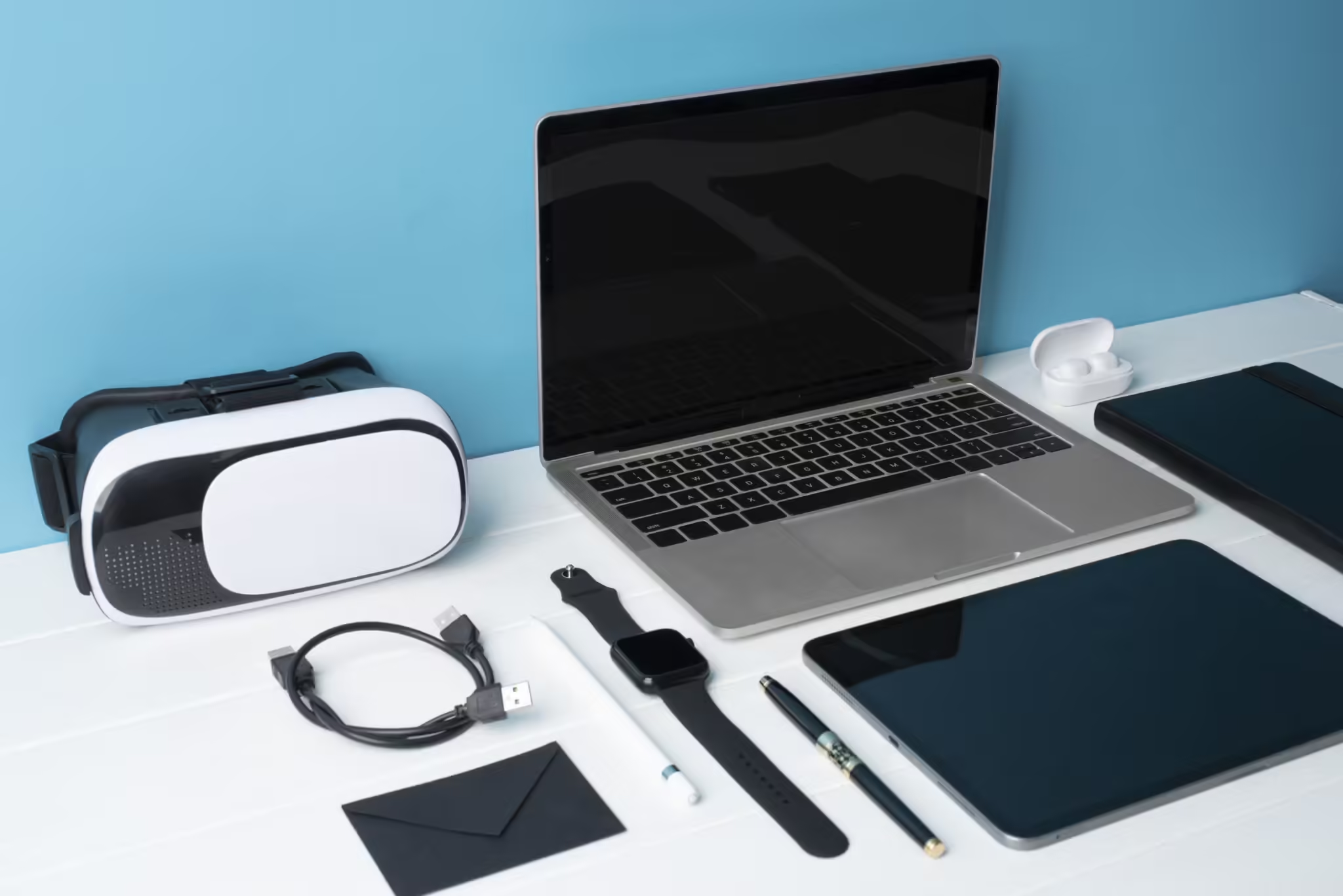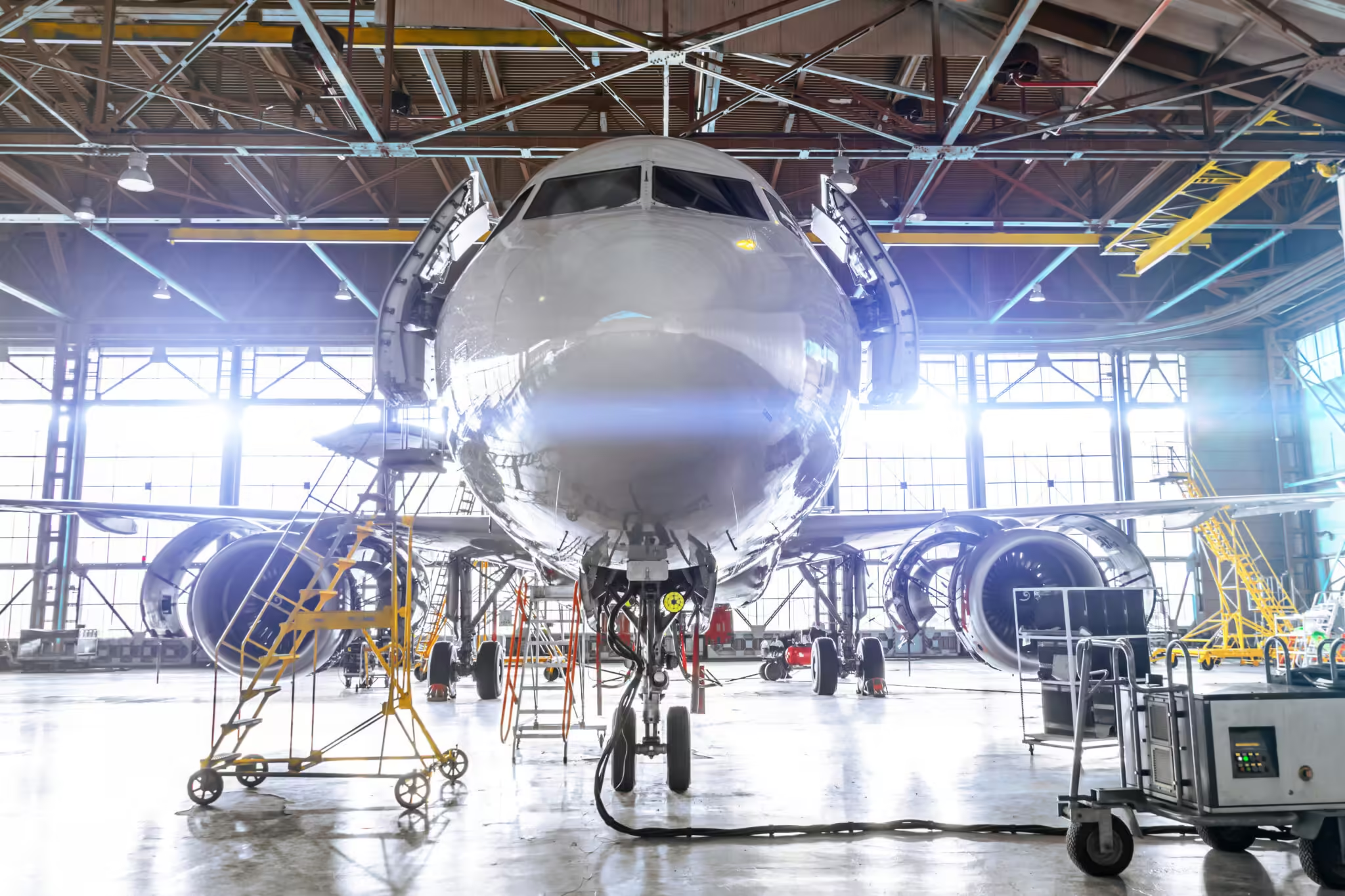
What is Impact Extrusion
Impact extrusion is a highly efficient manufacturing technique used to produce various products. Which is one of the fastest ways to get to near-net shape for many parts and components. Our process begins with a lubricated metal slug—also called a blank or a puck—that is placed in a die cavity. The metal puck is struck with a punch powered by a mechanical or hydraulic press. This forces the metal to flow into a shape or position almost instantly. In this post, we will cover its working principles, materials used, surface treatments available, advantages, disadvantages, applications, and future trends.
Как работает ударная экструзия?
Ударная экструзия - это производственный процесс, используемый для создания полых металлических деталей с тонкими стенками. Вот подробный обзор того, как это работает:

Types Of Impact Extrusion

Reverse Impacting
In reverse-impact extrusions, metal flows backwards—in the opposite direction in which the force is applied—and then around the punch. The resultant part has a shape similar to that of the punch.

Forward Impacting
In forward impact extrusions, the punch pushes the material through an aperture inside the die. The punch fits into the cavity to the point that the metal cannot flow backward.

Combination Impacting
Combination Impacting is the combination of two impacting processes. Making more complicated shapes for parts Combination impacting pushes metal through a hole and as well backward around the punched.
The Basics of Impact Extrusion
Impact Extrusion is a precise and efficient machining process that produces high-quality cylindrical parts by rotating a workpiece against a cutting tool. This technology is crucial in various industries, from automotive to aerospace, due to its ability to create intricate and accurate components.
1. Размещение материала
Процесс начинается с заготовки металла, обычно мягкого, вязкого материала, такого как алюминий, медь, свинец, цинк или олово. Эта заготовка помещается в штамп - инструмент, придающий материалу нужную форму.
2. Движение пуансона
Затем пуансон, цельный кусок металла, наносит удар по пуле с высокой скоростью и давлением. Сила удара обычно создается механическим или гидравлическим прессом.
3. Металлический поток
При ударе металл обтекает пуансон и попадает в полость штампа, принимая его форму. Течение металла происходит преимущественно в радиальном направлении, что позволяет материалу распределяться тонко и равномерно.
4. Действие штампа
Штамп, точно обработанный до нужной формы конечного продукта, ограничивает и направляет поток металла. В зависимости от конструкции штампа, процесс может создавать различные формы, включая цилиндрические, конические или сложные профили.
5. Выброс
После того, как пуансон втягивается, вновь сформированная деталь выталкивается из матрицы. На этом этапе могут быть задействованы дополнительные механические системы, чтобы обеспечить извлечение детали без повреждений.
The Basics of Impact Extrusion
На качество и эффективность процесса ударной экструзии влияет несколько факторов:
- Температура
Хотя ударная экструзия, как правило, является процессом холодной обработки (выполняется при комнатной температуре), температура материала может влиять на его пластичность и характеристики текучести. Предварительный нагрев металла иногда может быть полезен, особенно для более твердых материалов.
- Давление и скорость
Давление, оказываемое пуансоном, и скорость, с которой он ударяет по пуле, имеют решающее значение. Более высокое давление и более высокая скорость обычно приводят к улучшению подачи материала и получению более точных форм, но требуют надежного оборудования и оснастки.
- Смазка
Чтобы минимизировать трение и предотвратить повреждение штампа и пуансона, на поверхности пули и штампа часто наносится смазка. Это также способствует плавному выталкиванию готовой детали.

Преимущества и недостатки ударной экструзии
Преимущества

Подготовка:
Быстрые темпы производства.

Использование материала:
Минимальное количество отходов по сравнению с другими методами.

Низкая стоимость:
Экономичен для крупномасштабного производства.

Точность:
Высокая точность и постоянство размеров.
Недостатки

Инвестиции в оборудование:
Требуется значительный первоначальный капитал.

Требования к материалам:
Подходят только определенные металлы.

Ограниченная область применения:
Лучше всего подходит для определенных форм и размеров.
Materials For Impact Extrusion
Выбор материала имеет решающее значение для успеха процесса ударной экструзии. Выбор материала влияет на легкость экструзии, качество конечного продукта и спектр возможных применений. Здесь мы рассмотрим распространенные материалы, используемые в ударной экструзии, их характеристики, а также типичные марки или сплавы.

Характеристики:
- Легкий
- Высокая пластичность
- Превосходная коррозионная стойкость
- Хорошая тепло- и электропроводность
Распространенные марки/сплавы:
- 1100: Коммерчески чистый алюминий, известный своей превосходной пластичностью и коррозионной стойкостью. Идеально подходит для применений, требующих хорошей пластичности.
- 3003: Сплав с марганцем, обеспечивающий более высокую прочность, чем 1100, при сохранении хорошей формуемости и коррозионной стойкости.
- 6061: Термообрабатываемый сплав с магнием и кремнием, обеспечивающий хорошие механические свойства и свариваемость. Подходит для применений, требующих повышенной прочности.
Характеристики:
- Превосходная электро- и теплопроводность
- Высокая пластичность
- Хорошая коррозионная стойкость
Распространенные марки/сплавы:
- C11000 (электролитическая медь с жестким шагом): Высокая электропроводность, используется в электрических и электронных компонентах.
- C12200 (фосфорицированная медь): Повышенная коррозионная стойкость и свариваемость, используется в водопроводных и отопительных системах.
- C14500 (теллуристая медь): Улучшенная обрабатываемость при сохранении хорошей электропроводности, используется в электрических разъемах и контактах.
Характеристики:
- Высокая плотность
- Превосходная коррозионная стойкость
- Низкая температура плавления
- Хорошая пластичность
Распространенные марки/сплавы:
- Чистый свинец: Используется в приложениях, требующих высокой плотности и защиты от радиации.
- Сплавы свинца с сурьмой: Повышенная твердость и прочность, используются в решетках аккумуляторов и радиационной защите.
- Сплавы свинца с оловом: Улучшенные механические свойства и коррозионная стойкость, используются для пайки и изготовления подшипников.
Характеристики:
- Хорошая коррозионная стойкость
- Высокая пластичность
- Низкая температура плавления
- Экономичный
Распространенные марки/сплавы:
- Zamak 3: Цинково-алюминиевый сплав с превосходными литейными свойствами и хорошей механической прочностью. Используется для литья под давлением.
- Zamak 5: Похож на Zamak 3, но с более высоким содержанием меди для повышения прочности и твердости. Используется в автомобильных и хозяйственных компонентах.
- Цинково-алюминиевые сплавы (ZA-8, ZA-12): Повышенное содержание алюминия для большей прочности и твердости, используется в прецизионных компонентах.
Характеристики:
- Высокое соотношение прочности и веса
- Превосходная коррозионная стойкость
- Хорошая биосовместимость
- Высокая температура плавления
Распространенные марки/сплавы:
- Класс 1: Чистый титан, обладающий превосходной коррозионной стойкостью и пластичностью. Используется в химической и морской промышленности.
- Класс 2: Чистый титан с хорошей прочностью и пластичностью, широко используется в промышленности.
- Класс 5 (Ti-6Al-4V): Сплав с алюминием и ванадием, обеспечивающий высокую прочность, малый вес и хорошую коррозионную стойкость. Используется в аэрокосмической промышленности, медицинских имплантатах и высокопроизводительных инженерных приложениях.
Обработка поверхности при ударной экструзии
Обработка поверхности - жизненно важный аспект процесса ударной экструзии, существенно влияющий на производительность, долговечность и внешний вид конечного продукта. Правильная обработка поверхности может улучшить такие свойства, как износостойкость, коррозионная стойкость и эстетика. Здесь мы рассмотрим важность обработки поверхности, распространенные методы и их влияние на характеристики продукта.
Важность обработки поверхности
Обработка поверхности очень важна по нескольким причинам:
- Enhances Durability: Increases resistance to wear and tear, extending the product’s lifespan.
- Improves Corrosion Resistance: Protects against environmental factors, preventing rust and degradation.
- Optimizes Surface Properties: Improves hardness, reduces friction, and enhances conductivity.
- Aesthetic Appeal: Provides a polished, uniform appearance, improving the product’s marketability.
- Functional Performance: Enhances specific properties required for the product’s application, such as electrical conductivity or reflectivity.
Общие методы обработки поверхности

Механическая полировка
- Purpose: To smooth the surface and improve its appearance.
- Process: Involves abrasive techniques to remove surface irregularities and achieve a mirror-like finish.
- Applications: Used for products requiring a high-gloss finish, such as consumer goods and decorative items.

Химическая обработка
- Purpose: To clean and prepare the surface for further processing.
- Process: Involves using acids, alkalis, or other chemicals to remove oxides, scale, and contaminants.
- Applications: Pre-treatment for plating or coating processes, ensuring better adhesion and uniformity.

Гальваническое покрытие
- Purpose: To deposit a thin layer of metal onto the surface.
- Process: Involves using an electrolytic solution to deposit metals such as chromium, nickel, or gold onto the product.
- Applications: Used in electronics, automotive, and jewelry for enhanced corrosion resistance, electrical conductivity, and aesthetics.

Shot Peening
- Purpose: To improve fatigue strength and resistance to stress-corrosion cracking.
- Process: Involves bombarding the surface with small spherical media to induce compressive residual stresses.
- Applications: Used in aerospace, automotive, and heavy machinery components to enhance durability.

Анодирование
- Purpose: To increase the thickness of the natural oxide layer on the surface.
- Process: An electrochemical process that enhances corrosion resistance and allows for dyeing the surface in various colors.
- Applications: Commonly used for aluminum products in the aerospace, automotive, and consumer electronics industries.

Порошковое покрытие
- Purpose: To apply a protective and decorative coating.
- Process: Involves applying a dry powder to the surface and curing it under heat to form a durable finish.
- Applications: Widely used in the automotive, appliance, and furniture industries for a high-quality, long-lasting finish.

Пассивация
- Purpose: To enhance corrosion resistance.
- Process: Involves treating the surface with a nitric or citric acid solution to remove free iron and form a passive oxide layer.
- Applications: Used for stainless steel and other corrosion-resistant alloys in medical and food processing equipment.
Surface Treatment Impact on Product Performance

- Wear Resistance
Surface treatments like electroplating and anodizing can increase the wear resistance of products used in harsh environments, making them more resilient in such conditions as corrosion.
- Corrosion Resistance
Corrosion-resistant treatments such as anodizing, passivation, and powder coating provide crucial corrosion protection to products subjected to extreme environments.
- Aesthetics
Aesthetics Mechanical polishing, anodizing, and powder coating enhance the aesthetic value of products to make them more desirable to consumers.
- Functional Properties
Electroplating with metals like gold or silver enhances electrical conductivity, essential for electronic components.
Anodizing can improve thermal conductivity and emissivity, beneficial for heat dissipation applications.
Choosing the appropriate surface treatment depends on several factors:
- Material Type: Different materials respond differently to surface treatments. For example, aluminum is commonly anodized, while steel might be electroplated or powder coated.
- Application Requirements: Consider the specific performance needs such as corrosion resistance, wear resistance, electrical conductivity, and aesthetic requirements.
- Cost and Production Volume: Some surface treatments are more cost-effective for large production volumes, while others may be better suited for smaller, high-value items.
- Environmental Considerations: Eco-friendly processes and materials are increasingly important in modern manufacturing.
Applications of Impact Extrusion
Impact extrusion is a versatile manufacturing process used across various industries due to its ability to produce high-quality, lightweight, and complex metal parts. Here, we explore the specific applications of impact extrusion in different sectors:

Electronics Industry

Packaging Industry

Medical
and Pharma-ceutical Industry

Consumer Goods

Energy Industry
- Автомобильная промышленность
- Аэрокосмическая промышленность
- Electronics Industry
- Packaging Industry
Components:
- Engine Parts: Cylinders, pistons, and valve lifters are often produced using impact extrusion due to the need for high strength and precise tolerances.
- Heat Exchangers: The process is ideal for creating thin-walled tubes and fins used in radiators and intercoolers.
- Brackets and Supports: Lightweight yet strong components that support various systems within the vehicle.
Benefits:
- Weight Reduction
- Strength and Durability
- Precision
Components:
- Structural Parts: Frames, ribs, and stiffeners used in aircraft fuselage and wings.
- Landing Gear Components: Strong and lightweight parts that need to withstand high-impact forces.
- Heat Shields and Panels: Thin-walled components used in thermal protection systems.
Benefits:
- High Strength-to-Weight Ratio
- Corrosion Resistance
- Precision Manufacturing
Components:
- Enclosures and Housings: Cases for electronic devices such as smartphones, laptops, and tablets.
- Connectors and Contacts: Precision parts used in electrical connectors and interconnects.
- Heat Sinks: Efficiently dissipate heat from electronic components.
Benefits:
- Thermal Management
- Miniaturization
- Aesthetic and Functional Finishes
Components:
- Metal Cans and Containers: Beverage cans, aerosol cans, and food containers.
- Tubes: Collapsible tubes for products such as toothpaste, creams, and gels.
Benefits:
- Seamless Construction
- High-Speed Production
- Recyclability
- Medical and Pharmaceutical Industry
- Consumer Goods
- Energy Industry
Components:
- Medical Devices: Housings and components for devices such as inhalers, insulin pens, and surgical instruments.
- Implants: Structural components for orthopedic implants and dental implants.
Benefits:
- Biocompatibility
- Precision and Cleanliness
- Customizability
Components:
- Sporting Goods: Components for items like golf clubs, fishing reels, and bicycle frames.
- Appliances: Structural and functional parts for household appliances.
- Tools: Durable and lightweight hand tools and power tool components.
Benefits:
- Enhanced Performance
- Durability
- Aesthetic Appeal
Components:
- Battery Housings: Casings for lithium-ion and other batteries used in electric vehicles and portable electronics.
- Heat Exchangers: Components for systems in power plants and renewable energy installations.
- Fuel Cells: Parts used in hydrogen fuel cells and other energy generation devices.
Benefits:
- Efficiency
- Reliability
- Customization

Let's Start Project!
We will give you a quick reply and quote within 12 hours.
- Phone: 0086-18779223927
- Email: Lynnyao@prototekparts.com
- Address: Nanchang,Jiangxi,China


























































